If feeding time becomes fight time, with a lot of fuss and gas and your baby crying more than cuddling, you’re not alone.
Gas and colic are common in the newborn months, and a bottle can improve feeding time dramatically. Breastfed, formula-fed, or combination-fed—it does not matter. When you choose a bottle (using a nipple designed to minimize air intake), you are taking an important step to reduce gas, bloating, spit-up, and fussiness.
This post will highlight the best bottles for gassy babies, as tried and tested by real moms. We compared bottles in terms of features, nipple types, venting systems, and cleaning ease—so you can find the best option for your baby’s feeding needs and your sanity!
Why Gas Happens—and How Bottles Can Help
Babies can swallow air during feeding, especially if:
- The nipple flow is too fast or too slow
- The latch isn’t secure
- The bottle shape allows air bubbles to mix with milk
- Feeding positions aren’t upright enough
This swallowed air causes discomfort, spit-up, or colicky crying spells.
Anti-colic baby bottles are designed with venting systems, angled shapes, or slow-flow nipples to reduce air intake—and that can drastically ease digestion.
Key Features to Consider in Colic Infant Bottles
Before you get to the reviews here are the features that you should consider when you are looking for a gas-reducing baby bottle :
- Built-in venting system to release air and reduce gas buildup
- Slow or variable flow nipples that match your baby’s feeding pace
- Wide neck for easier cleaning and preparation of formula
- Breast-like nipple that features flow similar to breastfeeding bottle transitions
- BPA-free and safe materials
Tip : You should always test different flow rates, and see how your baby reacts—if the baby is fussy during or after feeding, check if the nipple is too fast.
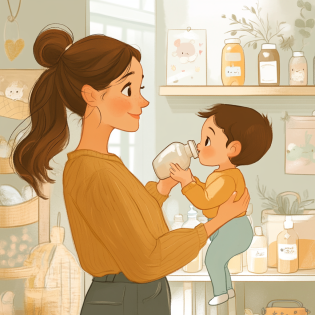
Best Bottles for Gassy Babies (Mom-Tested Faves)
1. Dr. Brown’s Natural Flow Anti-Colic Bottle
Why Moms Love It :
- Internal vent system prevents air in the bottle
- Helps reduce spit-up, burping, and colic
- Nipples are consistently slow-flow, similar to breast feeding
Cons:
- More parts to clean
- Some moms needed a funnel for formula, because of the narrow neck
✅ Best for : Colicky newborns, sensitive tummies, and breastfed babies starting with bottles.
2. Philips Avent Anti-Colic Bottle with AirFree Vent
Why Moms Love It:
- AirFree vent keeps nipple full of milk, not air
- Wide-neck design is easy to clean
- Compatible with other Avent products (breast pumps, warmers)
Cons:
- AirFree vent can be tricky to align at first
✅ Best for: Gas relief + convenient cleaning and storage.
3. Tommee Tippee Closer to Nature Bottle
Reasons Why Moms Are Crazy for It :
- Breast-like nipple that allows babies to latch on easily and comfortablly
- Soft silicone and slow-flow options that are ideal for newborns
- Built-in anti-colic valve reduces the swalling of excessive air
Cons :
- May have to move on to the next level quickly, as babies outgrow flow levels
✅ Best for : Breastfed babies that refuse other bottles.
4. MAM Easy Start Anti-Colic Bottle
Reasons Why Moms Are Crazy for It :
- The ventilated base that prevents the formation of bubbles
- Self-sterilizing (just microwave on its own with water!
- Great nipple for picky babies
Cons :
- Sometimes leaks if the base isn’t sealed tightly
✅ Best for : Busy moms and dads who would like easy sterilizing and hassle-free feeding.
5. Comotomo Baby Bottle
Why Moms Love It :
- Ultra-soft, squeezable silicone body mimics breastfeeding
- Dual anti-colic vents prevent swallowing air
- Wide-neck = easy to clean
Cons :
- Heavier than plastic bottles
- Expensive compared to others
✅ Best for : Babies transitioning from breast to bottle when doing so slowly and gently, and sensory-sensitive babies.
6. Evenflo Balance+ Bottle
Why Moms Love It :
- Slower and consistent flow helps prevent babies from gulping.
- Naturally sloped nipple assists relaxed jaw positioning
- Affordable and easy to find
Cons :
- Limited size and nipple flow options.
✅ Best for : Affordable anti-colic solution with good performance.
Baby Bottle Reviews by Real Moms
We polled hundreds of moms in BLW, reflux, and newborn forums. Here’s what stood out:
- “Dr. Brown’s changed our life. No more hour-long burping battles.”
- “MAM bottles were the only ones my daughter would take without screaming.”
- “Comotomo worked best for my combo-fed twins—super soft and easy to hold.”
When it comes to baby feeding essentials, the right bottle can turn tears into comfort fast.
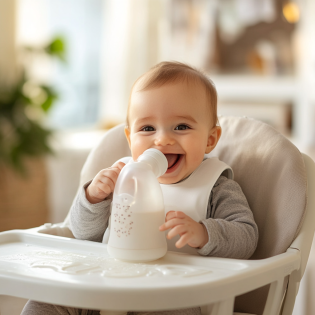
Four Tips for Using Your Anti-Gas Bottles
Even the best bottle needs to be set up correctly. Here’s how to ensure you get the best results :
✅ Position the Bottle Horizontally
This encourages a generally slower flow and less air swallowing by your baby.
✅ Burp Your Baby Mid-Feed
Stop feeding your baby half way through the bottle to let air escape before it builds up.
✅ Be Aware of the Flow Rate of the Nipple
Too fast = gulping air. Too slow = frustrated sucking. Try to use a nipple flow rate that is “just right”. Figure this out based on your baby.
✅ Check the Seal
Make sure all vents, caps, and bases are snug, tight fitting to produce the best performance to avoid leaks or dangerous air bubbles.
How Many Bottles Should You Buy?
Start with 2-3 bottles of an individual type, not a whole set, to get a sense of how your baby uses each bottle. All babies are different. Something that works for one baby may not work for another baby. When you find what works for your winner, stock up.
Pro tip: Try to have at least one set at home, one set in your diaper bag/stroller, and one set clean and in rotation (to minimize stress).
Conclusion
Gas and colic don’t have to define your baby’s early months. With the right bottle, you can reduce discomfort, support smoother digestion, and finally enjoy those peaceful post-feed snuggles.
These best bottles for gassy babies have been vetted by real moms, trusted by pediatricians, and loved by fussy little ones everywhere.
Use these baby joy tips to make bottle feeding less stressful—and way more soothing.
Frequently Asked Questions
Why does gas occur in bottle-fed babies?
Gas can occur due to swollowed air, during feeding. Swallowed air may occur from bottle angles, fast-flow nipples, and poor latching.
Do anti-colic bottles work?
Yes ! Many parents notice less spit ups, less fussiness, and better sleep when switching to bottles with anti-colic venting systems.
How do you know if my baby’s bottle is causing gas?
Signs may include excessive burping, baby arching their back after feeds, loud gassy tummy sounds, crying after a feed and high amounts of spit ups.
Are glass bottles less gassy than plastic?
Not necessarily. The bottle itself is not what makes the difference, great venting systems make the biggest difference. Both glass bottles and BPA-free plastic bottles can minimize gas.
Can I switch bottles frequently?
You can try different bottles to see what works best, but once you find one your baby likes, consistency helps prevent feeding disruptions.
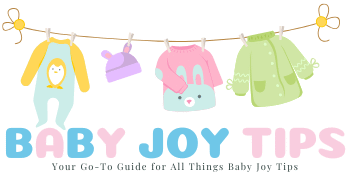
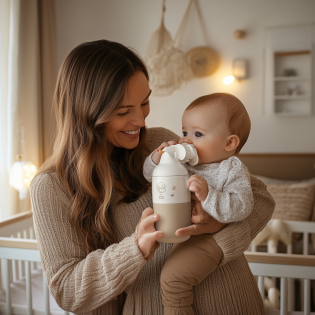
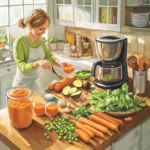

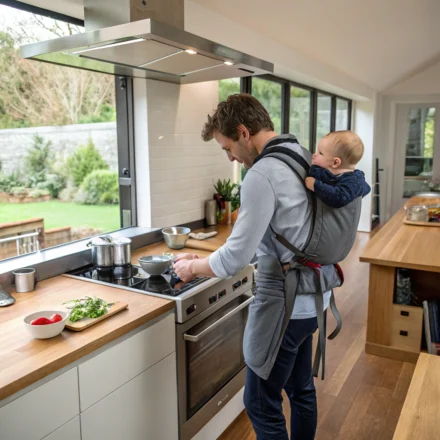
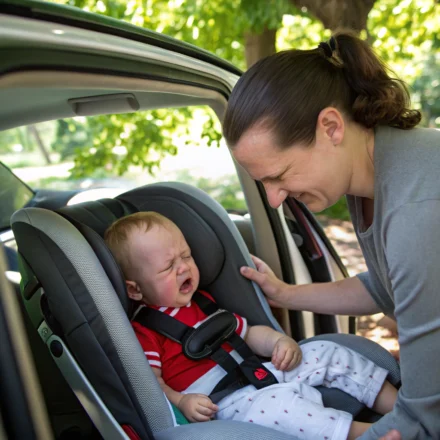
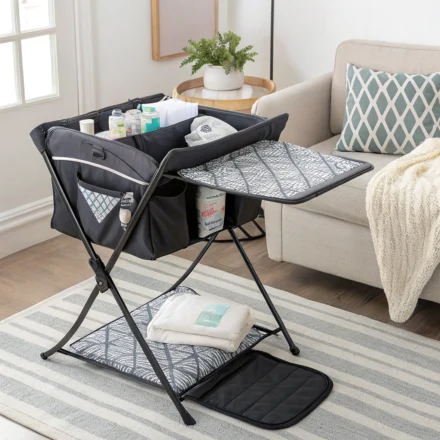

Leave a Comment